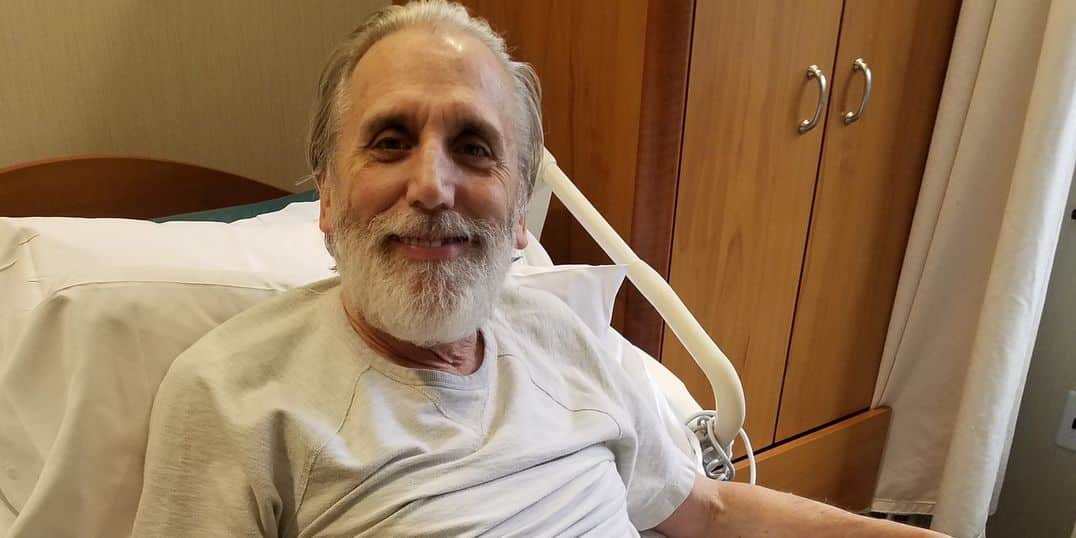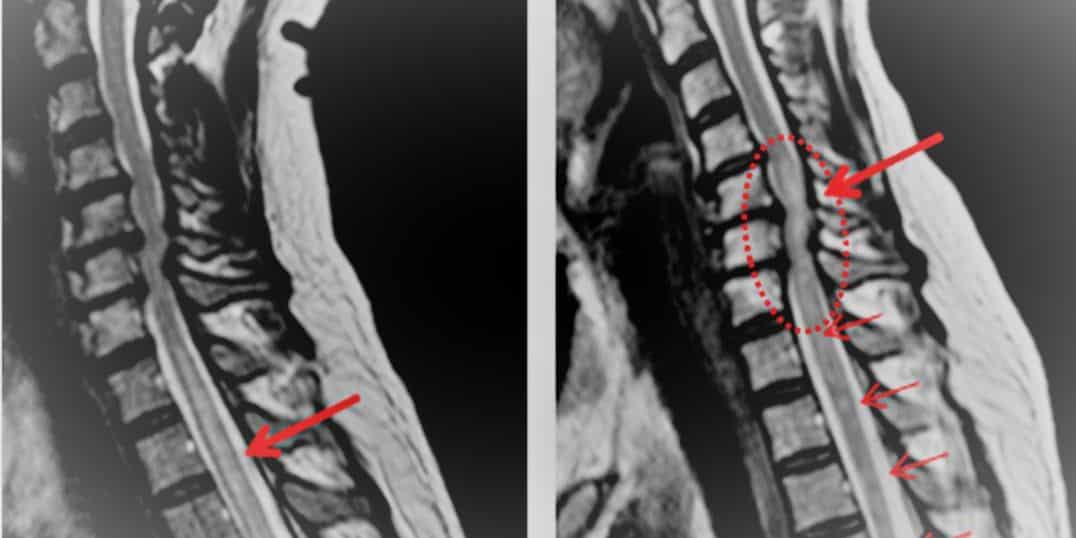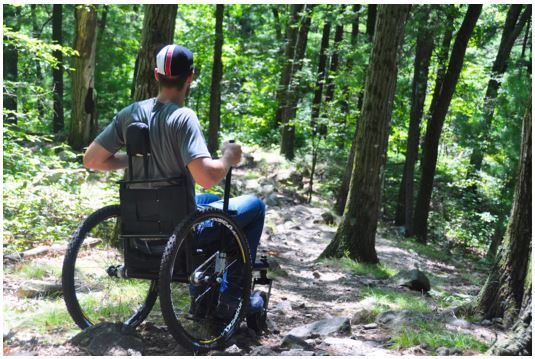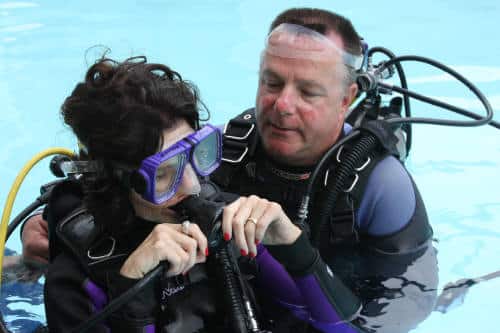Editor’s Note: Clay Garner, a successful entrepreneur and businessman, was nearing retirement when nagging lower back pain eventually led to hip replacement surgery. A few weeks prior to his scheduled operation, groin pain and troubles urinating landed him in the emergency room. Tests showed a swollen prostate and an infection, which, following a procedure and several rounds of antibiotics, finally subsided. A few months later, the infection returned in full force. After checking back into the ER and undergoing extensive testing, he was given the news that he had transverse myelitis.
The impact of Transverse Myelitis, in my case, was numbness from the waist down both externally and internally, including the bladder, bowels, and legs.
The good news is that one-third of TM patients will probably walk again with physical therapy and treatment.
Another third of us will walk again but only with a walker, and the remaining third are going to stay in a wheelchair.
When I left the hospital, I was using a walker and a cane at home. A few months later, I was in a wheelchair, and soon after, I got a really bad case of sepsis and spent the first four months of 2017 in the hospital.

When I got out of the hospital, things were getting back to normal again with the exception that I still couldn't walk and had to use a wheelchair. I didn't have enough strength in my legs to hold myself up. I went into outpatient therapy, and we started working on recovery.

There are known and unknown causes for TM. In the unknown category, it falls into one or two places: vascular in nature or immune system related. In my case, I got an infection in my bladder that triggered antibodies in my immune system. In most people, those antibodies go looking for the infected cells and kill them off.
When you have a neurological disorder, instead of attacking the bad cells, the antibodies attack the spine.
Initially, there's destruction of a section of the myelin sheath which protects the spine and nerves in that area. Unfortunately, this affects the normal capabilities of your nerves. Typically, the brain tells the nerves what it wants your body to do. The nerves then tell your muscles to move that specific body part. Transverse myelitis creates a disconnect between the nerves and muscles in which they can no longer communicate effectively.
Editor’s Note: For a deeper explanation of transverse myelitis, visit the Transverse Myelitis Association’s ‘Disease Information’ page.
While in the hospital doing rehab and trying to make sense of all of this, one of the physical therapists suggested I write a book to hand out to other patients. I wasn't too keen on the idea, but I did decide to launch a website.

My goal with the website, Beat-TM.com, is to let people know that even if they don't end up walking again and can only use a walker or wheelchair, they can still have a fabulous life. We just have to learn how to do things a little differently and find the resources that can help us do that. When I was first diagnosed, I had no idea what I was doing until I started digging into it.
As I began doing research, I found people all over the world who were dealing with TM, and I started trying to draw it together on Beat-TM.com. From there, I decided to create a foundation with three components to its mission.

Our first goal is to fund adaptive adventures for people who can't afford them. We need to let folks know about all of the adaptive sports, equipment, and technology out there that can make their lives better.
Many people who are living in a wheelchair don't really have a sense of how great life can be.
I think the majority of us go into this dark hole when we get diagnosed. What I'm trying to do is pull people out of that hole or catch them before they go there and show them they can still do fun and exciting things. We don't have to give up our lives because of this disability.
Our second goal for the foundation is to educate doctors and nurses in secondary and tertiary markets. The average amount of time it takes to get a correct diagnosis outside of major cities is amazingly long. So few people know about these rare diseases, and I want to educate the healthcare community about them.

Lastly, we’d like to encourage as many people as possible to get into the global TM registry. When signing up, the Transverse Myelitis Association asks the patient a series of questions regarding how long it took to get an accurate diagnosis, what kind of treatments they’ve had, and other questions about their health history. The data is used to help better understand these neuro-immune diseases from a medical research standpoint.
Editor’s Note: If you have transverse myelitis or a similar neuro-immune disorder and would like to participate in the patient registry, visit Myelitis.org.
After your initial TM diagnosis, realize that you need to make a decision: you can let yourself sink into a dark hole filled with depression and self-pity; or, you can decide to fight back. How do you fight back? Start by doing 30 minutes of physical therapy exercises daily.
Look for information about transverse myelitis, read it, and share it with your family and close friends.
Good sources for information include my website, Beat-TM.com, as well as the Transverse Myelitis Association's website, Myelitis.org.

Last but not least, battle the loneliness by reaching out to the global TM community. I recommend joining a couple of TM-focused Facebook groups, particularly the Transverse Myelitis Folks (Blue Crew) or People living with Transverse Myelitis. Here you’ll find thousands of TM Warriors ready to share with you their experience, strength, and hope.
Editor’s Note: See Clay’s personal physical therapy program at Beat-TM.com/pt-exercises.
To learn more about Clay’s TM journey and to share your own story, visit Beat-TM.com.
All information in this article was extracted from an interview with Clay Garner, Beat-TM.com, or Myelitis.org.
Betsy Bailey has a diverse background including experience in marketing research at American Express, business operations and client relations with 601am, travel and culinary writing with VegDining, and playing volleyball professionally overseas.
Betsy has been writing for Wheel:Life since January of 2017 and thoroughly enjoys the process of getting to know her interviewees. She also teaches students learning English as a second language, speaks French fluently, and travels any chance she gets!